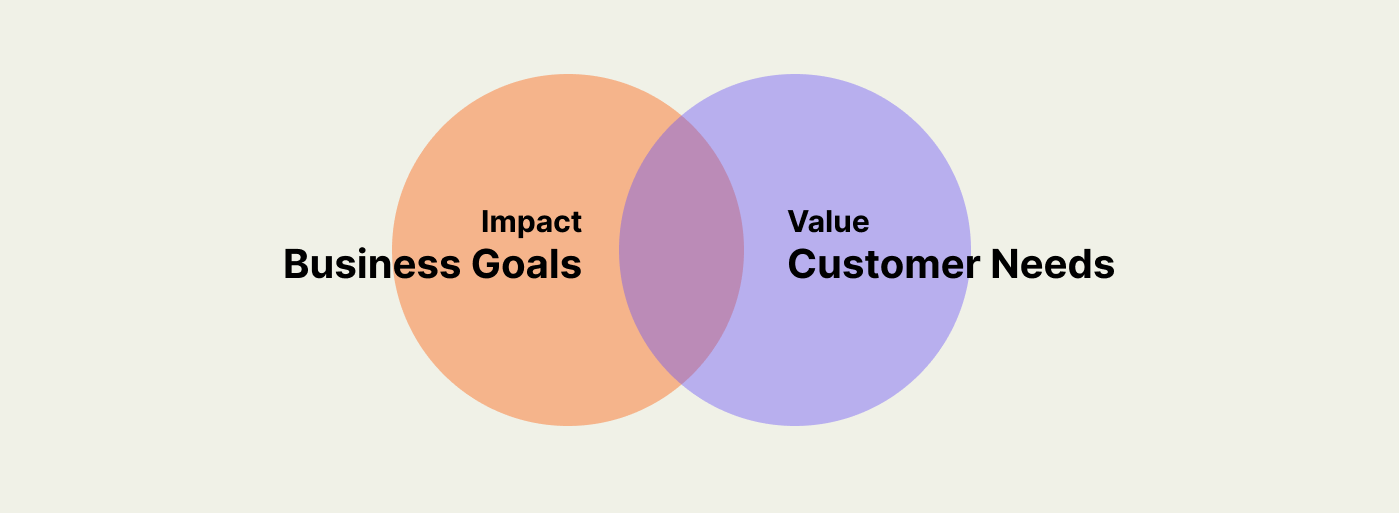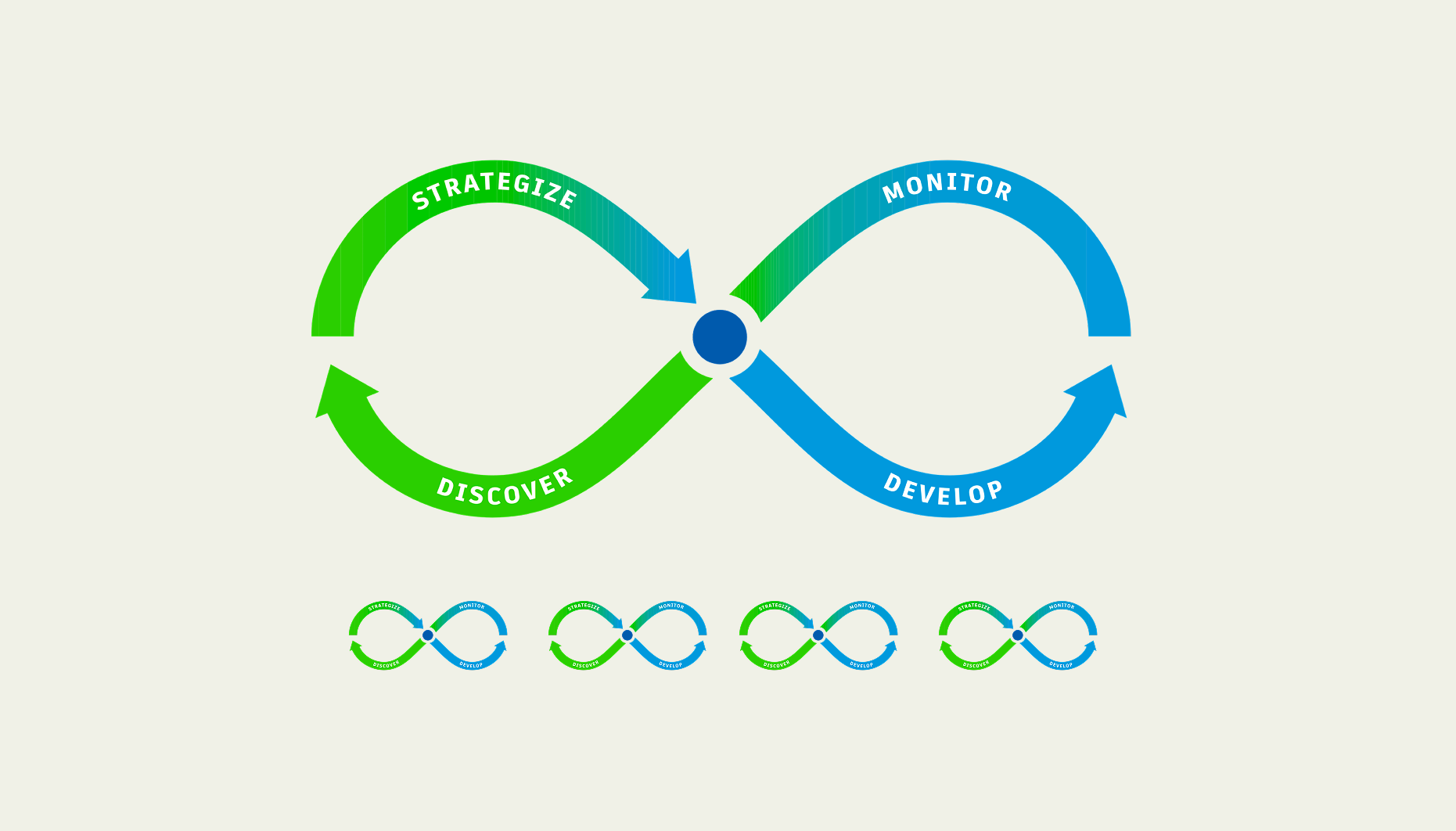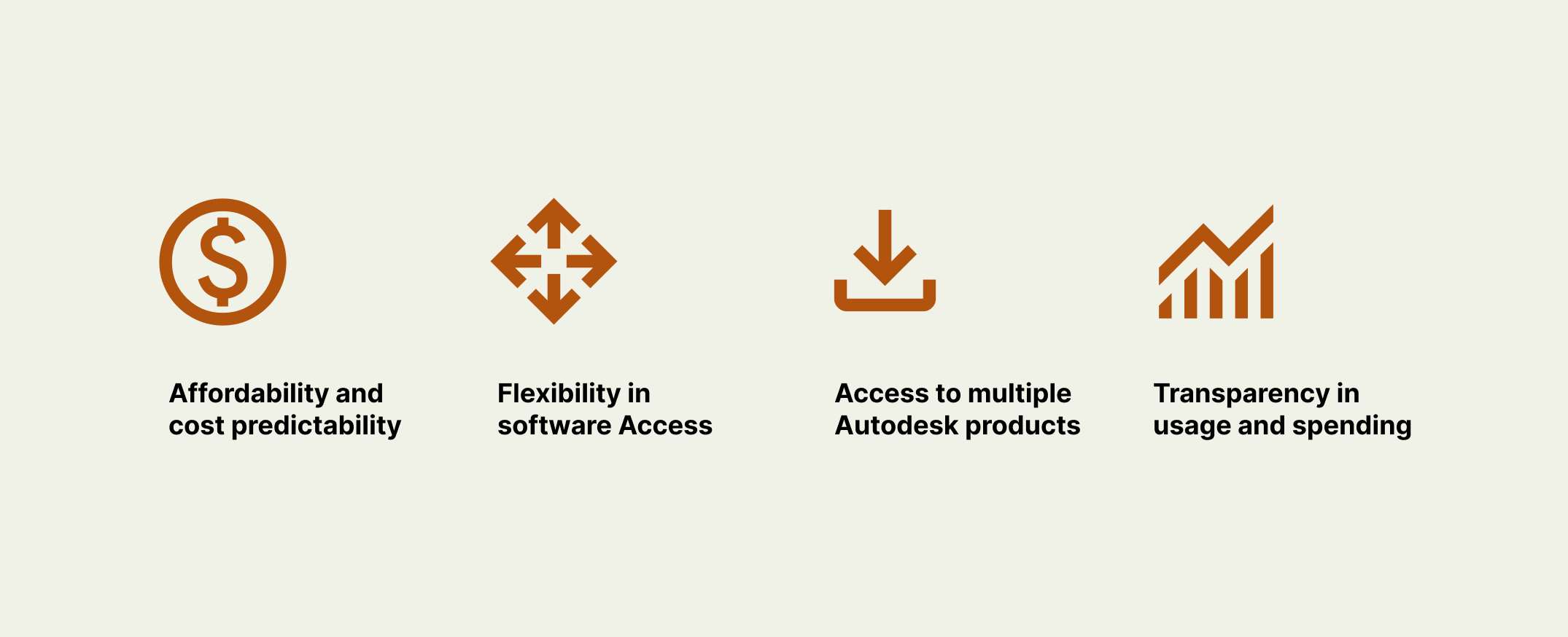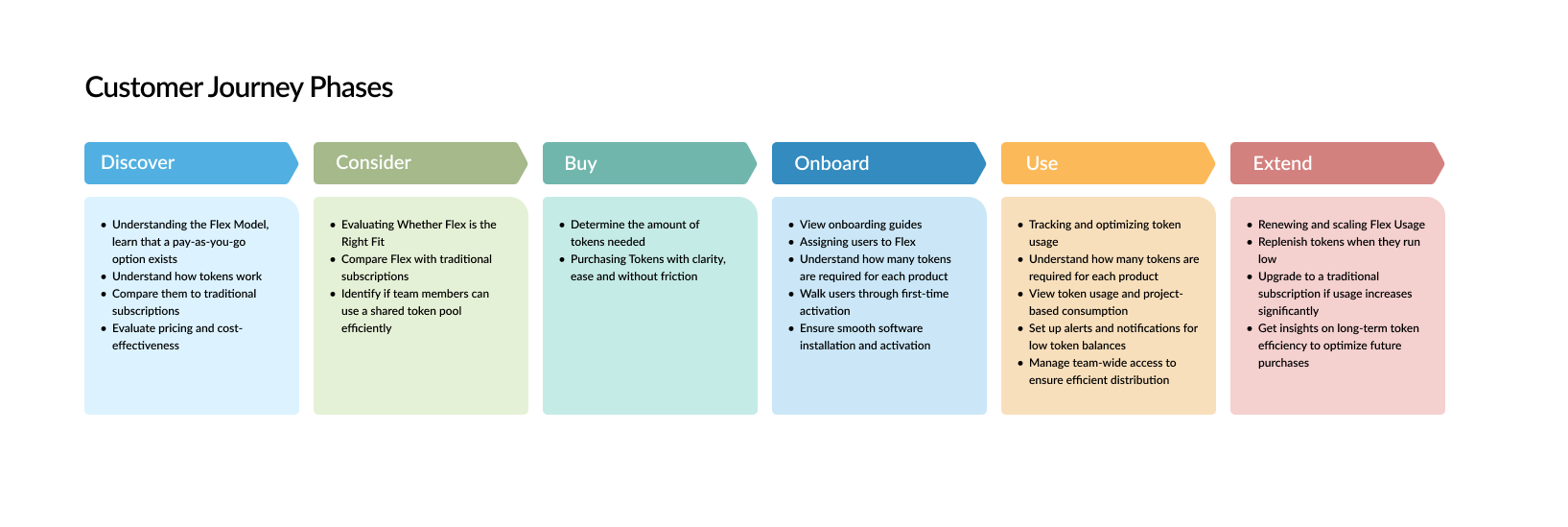Autodesk Flex Plan
Shaping the end-to-end user experience for an innovative pay-as-you-go software subscription
As part of Autodesk’s continued drive to provide customers with flexible purchasing options that align value with usage and outcomes, Autodesk Flex was introduced in late 2021. Autodesk Flex is a pay-as-you-go option that lets a user pre-purchase tokens to access any product available with Flex for a daily rate. Flex is a great option for team members or individuals who want to try a product or only need occasional access. This innovative new offering merges the benefits of a subscription with the flexibility of pay-as-you-go.
Timeframe: 2021 -2023 (Multi-year strategic effort)
My Role
As the UX Manager, I was responsible for shaping the end-to-end user experience for Autodesk Flex plan, ensuring it addressed both customer needs and business goals. My role encompassed strategic design leadership, stakeholder alignment, cross-functional collaboration, and hands-on design oversight to deliver a seamless, intuitive experience.
Strategic Design Leadership
Defined the experience vision and strategy for Autodesk Flex, aligning it with Autodesk’s business goals.
Advocated for a customer-first approach, ensuring user experience was central to decision-making. Championed research-backed approach to uncover pain points, guiding the team prioritize features that directly addressed customer pain points.
Cross-Functional Collaboration
Partnered closely with product management, business strategy, finance, marketing, engineering, and analytics cross-functional leaders to shape the experiences, feature set and define success metrics.
Worked with engineering teams to ensure design feasibility and scalability.
Design Oversight and Execution
Led collaboration with 11 design leads through weekly design strategy sessions, driving alignment and ensuring seamless, end-to-end customer experiences, accelerating time-to-market by 30%.
Directed the design of key experience and features ensuring seamless experience, usability and simplicity at every touchpoint and reducing friction.
Conducted design reviews, providing feedback to refine wireframes, prototypes, and final design deliverables.
Stakeholder Alignment and Advocacy
Acted as a bridge between the UX team and stakeholders, ensuring alignment on project timelines, roadmap, goals, and customer impact.
Represented design in core team meetings, ensuring cohesive end-to-end experiences, identifying gaps and opportunities and influencing the business policies.
How Autodesk Flex works?
Balancing business goals and customer needs
Launching Autodesk Flex required a delicate balance between business goals (profitability, retention, market expansion) and customer needs (affordability, ease of use, flexibility). As a UX Manager, my role was to bridge this gap—ensuring that UX decisions not only improved the user experience but also delivered measurable business value. This balance of business and customer goals ensured that Autodesk Flex delivered mutual value, aligning customer needs with Autodesk’s growth strategy.
Business goals
Increase Market Penetration – Expand Autodesk’s reach to freelancers, small businesses, and occasional users who previously couldn’t justify full subscriptions.
Drive New Revenue Streams – Generate incremental revenue by offering a token-based pay-as-you-go model.
Improve Software Utilization and adoption – Ensure that Autodesk products are being used more frequently by customers through a cost-effective pricing approach.
Reduce Customer Churn – Provide a flexible option to retain 20% of customers who were leaving due to rigid subscription models.
Increase Adoption Across Product Lines – Encourage cross-product adoption by allowing tokens to be used across multiple Autodesk software solutions.
Customer needs
Affordability and Cost predictability – Access Autodesk software without committing to an expensive annual subscription. Use Autodesk products only when needed, making costs predictable and manageable.
Flexibility in Software Access – Enable occasional users to work on projects without long-term commitments.
Access to Multiple Autodesk Products – Use tokens across different Autodesk tools as needed, rather than committing to just one.
Transparency in Usage and Spending – Gain real-time insights into token usage and remaining balance to avoid unexpected costs.
The Process
An Infinite Loop Approach for Continuous Delivery and Improvement
To successfully design, develop, and optimize Autodesk Flex, we used an infinite loop process consisting of four iterative phases: Discover, Strategize, Develop, and Monitor. This approach ensured that customer insights continuously shaped the product experience, business goals remained aligned, and enhancements were made based on real-world data.
By using this continuous learning and iteration cycle, we minimized risk, maximized usability, and ensured the experience evolved to meet customer and business needs over time.
Customer Research and Insights
To ensure that Autodesk Flex met both customer and business needs, we conducted extensive research during the discovery phase to understand the needs of occasional users and small businesses. I closely partnered with the research leads and provided guidance in planning and translating research findings into actionable insights. The goal was to uncover the core pain points, expectations of occasional software users, validate the demand for a flexible, pay-as-you-go model, pricing, and adoption barriers. This research directly shaped the feature set, and user experience of the Autodesk Flex.
Key themes
Affordability and cost predictability – Access Autodesk software without committing to an expensive annual subscription. Use Autodesk products only when needed, making costs predictable and manageable.
Flexibility in software Access – Enables occasional users to work on projects without long-term commitments.
Access to multiple Autodesk products – Use tokens across different Autodesk tools as needed, rather than committing to just one.
Transparency in usage and spending – Gain insights into token usage and remaining balance to avoid unexpected costs.
Customer Quotes
“We have students work for us from time to time and when they want to go back to school, we have this extra license that we end up paying for 6 months that we’re not using.”
“We will occasionally get files they will need to look at and possibly make a small change where we don’t need a full AutoCAD subscription to do so.”
“I have users that only need access 1 or 2 days a week. I don’t want to waste time or money assigning them their own subscriptions.”
“My users need different tools for different stages in the design process.”
“I need an affordable option for AutoCAD for a non specific number of users.”
How Research Shaped Autodesk Flex’s Core Features
The development of Autodesk Flex was deeply informed by user research, ensuring that every feature directly addressed real customer pain points while driving business outcomes. The research insights led to a set of core features designed to provide a flexible, transparent, and intuitive experience.
While many feature ideas were explored, I partnered with business and product management leads and prioritized those with the highest impact—balancing user needs with business goals. The following key features were shaped by research and played a crucial role in driving adoption, retention, and customer satisfaction.
Key Research-Driven Features of Autodesk Flex
Easy discovery and transparency - Dedicated landing page with educational videos and an interactive token estimator, allowing users to estimate their token needs upfront. A token rate sheet, to clearly explain token costs for each software for price transparency.
Token Estimator – Empowering users with cost transparency, an interactive Token Estimator tool, allowing users to enter their expected usage and get a real-time cost estimate.
Usage Dashboard – Transparency and control over token consumption. Visibility into token usage to track spending, prevent unexpected costs, and manage team-wide access. A token usage dashboard showing balance, consumption, and token history.
Token forecasting insight - Helping customers predict when they would need to purchase more tokens.
Automated Alerts and Reminders - Low-balance alerts to prevent service disruptions. Added token expiration notifications to maximize usage efficiency.
Features not part of the MVP launch but desired by the customers:
Smart recommendations - Recommending the most cost-effective licensing model based on actual usage data guiding users on whether tokens or a subscription was more cost-effective.
Smart token calculator - Allowing customers to forecast token needs before purchasing.
In-product notification system - Nudge frequent users toward a subscription if their usage exceeded the cost efficiency of Flex.
Customer Journey Mapping: Designing the End-to-End Experience
To ensure a seamless and intuitive user experience, I led the initiative to leverage customer journey mapping to ensure that each interaction—from discovering Autodesk Flex to extending its use—was designed to be frictionless, transparent, and aligned with customer needs. This framework also was critical in identifying pain points and opportunities across the entire customer lifecycle. It was used effectively to drive alignment, clarity, and impact across teams. Customer journey mapping provided a holistic view of how users interacted at every stage.
The Importance of Customer Journey Mapping in Designing Autodesk Flex
Given the complexity of launching a new offering model, journey mapping played a vital role in:
1. Creating a Customer-Centric Experience
Challenges:
Traditional subscription models often focused on business goals first, sometimes neglecting user needs.
Each customer segment had different pain points—freelancers, SMBs, and enterprise teams required different solutions.
By mapping the Discover → Consider → Buy → Use → Manage → Extend phases, we ensured that every design decision was rooted in solving customer pain points. It allowed us to identify friction points early, preventing issues that could lead to user drop-off or frustration.
2. Aligning Cross-Functional Teams for a Unified Vision
Autodesk Flex was a complex business-critical strategic initiative, requiring alignment between multiple teams at Autodesk.
Challenges:
Multiple teams (UX, product, engineering, finance, marketing) had different priorities and didn’t have an end-to-end view of the experience.
Lack of a shared understanding of customer pain points and how they impacted different teams.
By using customer journey maps, we created a shared visual framework that helped all teams:
Understand the end-to-end customer experience rather than focusing only on their functional areas.
See the dependencies between different teams and how one decision impacted the full journey.
Identify and address gaps in the user experience early, reducing rework.
3. Orchestrating Collaboration Among 11 Design Leads
Challenges:
11 different UX leads were designing different parts of the Autodesk Flex experience (pricing, purchase flow, usage dashboard, onboarding, etc.).
Risk of inconsistent experiences and misalignment across the journey phases.
Customer journey mapping ensured:
Consistency across all touchpoints, avoiding inconsistencies in UI and workflows.
Seamless Transitions: Users moved smoothly between phases (e.g., from purchasing tokens to using them) without experiencing disjointed interactions.
Clear Ownership: Each design lead was assigned to a specific journey phase, ensuring focus while maintaining alignment with the overall vision.
Phased Release Strategy: Pilot → MVP → Full Launch
To ensure a successful rollout of Autodesk Flex, we implemented a phased release strategy that allowed us to test, iterate, and optimize before a full-scale launch. This approach ensured that customer feedback was incorporated early, risks were mitigated, and business goals were aligned with user needs.
As the UX Manager, I played a pivotal role in partnering with product and business leaders to align on insights with strategic goals. Working together, we prioritized features based on real customer feedback, and ensured the roadmap focused on the highest-impact improvements. Data-driven approach played a critical role to influence decisions on launch timing, feature development, and iteration cycles.
By working cross-functionally with product management, engineering, and finance, I ensured that Flex was not just a business model shift—but a customer-driven, strategically phased product launch.
Phase 1: Pilot Launch – Testing the concept with select customers
To validate the token-based model with a controlled group of early adopters to assess usability, pricing, and overall experience. We conducted customer interviews and got feedback.
Key Learnings & Iterations:
Users wanted a clearer breakdown of token costs before purchasing. We added a token estimator.
Many users weren’t aware of expiration policies, we implemented an expiration notification system.
Phase 2: MVP Launch – Expanding to a broader audience
After the Pilot phase we launched a minimum viable product (MVP) with core functionalities, while continuing to refine features based on real usage. The plan was rolled out to selected regions with targeted customer segments..
Focused on core workflows: token purchase, activation, usage tracking, and renewal.
Monitored customer support tickets to proactively address pain points.
Key Learnings & Iterations:
Self-Service Improvements: Users wanted easier access to historical usage data so we added advanced usage reporting.
Adoption Challenges: Some customers were hesitant to try tokens without guidance. To solve this, we developed better onboarding.
Subscription vs. Token Model Confusion: Users weren’t sure if Flex was right for them.
Phase 3: Full Launch – Scaling Autodesk Flex globally
Launch Auotdesk Flex as a fully scaled product across various geographies while continuing to optimize the experience. Continued iterating based on post-launch feedback, analytic data and surveys.
Final customer and business impact
Autodesk Flex generated new revenue in millions within the first year.
85% customer satisfaction with improved features for token estimation, usage reporting, pricing transparency and usability.
25% reduction in churn from occasional users who would have previously left Autodesk due to inflexible subscription options.







